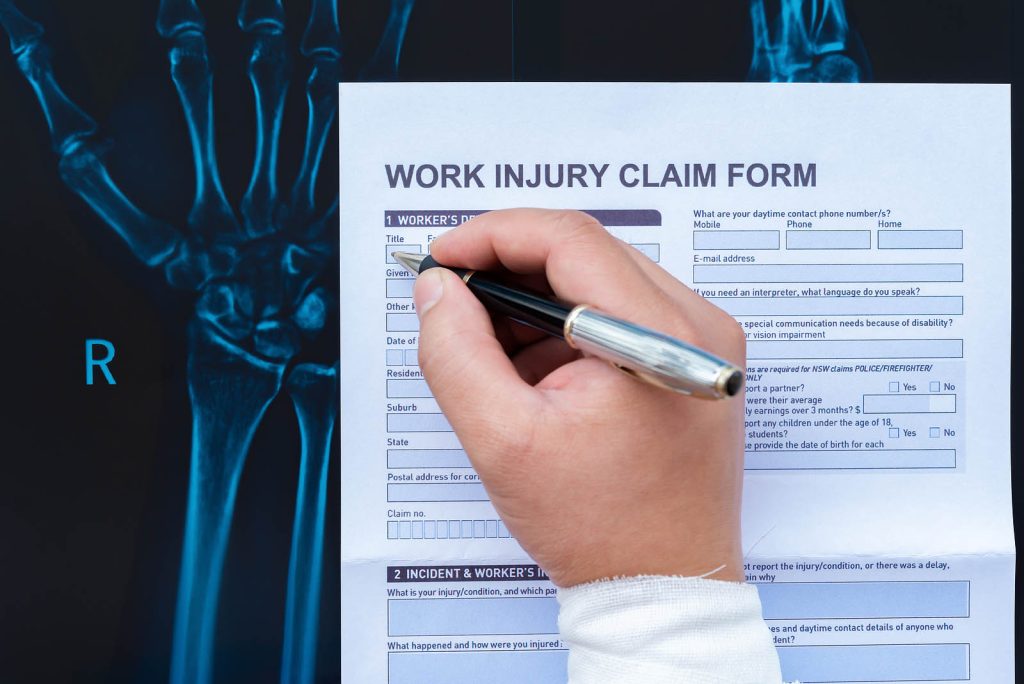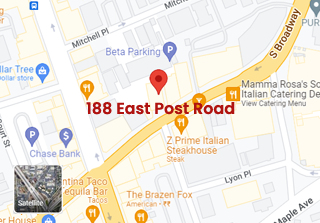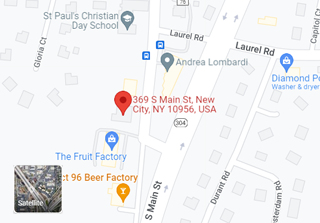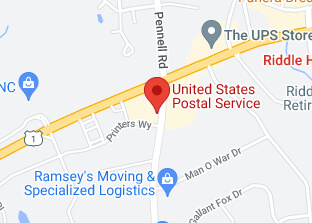If you regularly use scaffolding on construction sites to work at heights, you understand how necessary these structures are. You probably also recognize many of the dangers that using scaffolding can create. According to the Occupational Safety and Health Administration, there are some specific hazards that make scaffolding so dangerous. For example, placing scaffolding too close to electrical lines puts you at risk of electrocution. Other risks include structure collapse, falls due to a lack of proper safety protection and falling tools, debris and other items that could injure workers on the ground.
Injury prevention
OSHA has many rules that apply to the safe use of scaffolding. Rules include limits on the number of workers who can use scaffolding at the same time, regulations for the support of platforms used within a scaffold system and management of debris on a scaffold. In addition, OSHA has specific safety requirements for both the scaffolding and the workers using it, such as what fall protection you need and where guardrails are necessary. You also should undergo proper safety training before your employer sends you to work on scaffolding.
Safety by type
Safety on scaffolding varies depending on what type of scaffolding it is:
- Supported structures have at least one platform with rigid support components such as legs, poles and frames
- Suspended structures have nonrigid supports such as ropes that secure platforms from above
- Aerial lifts and scissor lifts perform the same functions as scaffolding, with platforms supported by equipment such as a truck or base on wheels.
All scaffolding must be up to code, but only qualified professionals may design and erect certain types of scaffolding. If a worker has not received training and your employer instructs him or her to create a structure from building materials at hand, the employer may be responsible for any harm that comes to you or others.








